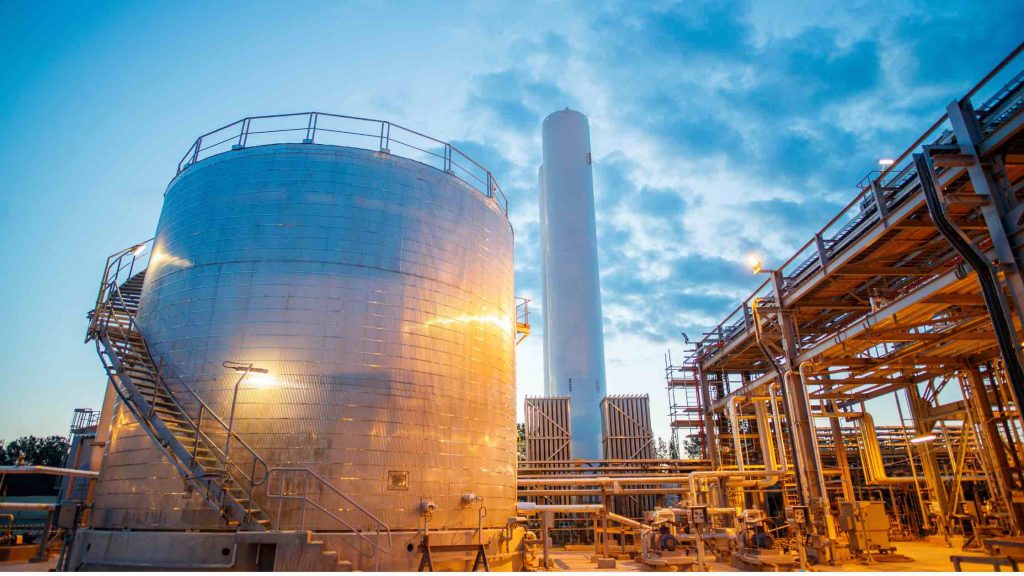The prices of oil and gas are influenced by a complex interplay of factors, both short-term and long-term, which create the dynamics of the energy market.
Here are some key factors that influence oil and gas prices:
1. Supply and Demand: The fundamental driver of oil and gas prices is the balance between supply and demand. When demand outpaces supply, prices tend to rise, and vice versa.
Factors affecting supply include production levels, geopolitical stability in major oil-producing regions, and disruptions such as natural disasters or conflicts.
Demand is influenced by economic growth, industrial activity, transportation needs, and weather patterns.
2. OPEC and Non-OPEC Policies: The Organization of the Petroleum Exporting Countries (OPEC) and non-OPEC oil-producing nations often collaborate to regulate oil production and influence prices.
Decisions on production quotas and export levels by these groups can have a significant impact on global oil prices.
3. Geopolitical Events: Conflicts, wars, sanctions, and political instability in major oil-producing regions can disrupt supply chains and lead to price spikes.
Diplomatic agreements and resolutions can have the opposite effect, stabilizing prices.
4. Currency Exchange Rates: Oil and gas are typically traded in U.S. dollars. Exchange rate fluctuations can impact the purchasing power of countries that import oil, affecting their demand and the prices they are willing to pay.
5. Technological Advances: Advances in drilling and extraction technologies can increase the supply of oil and gas, potentially lowering prices.
Energy-efficient technologies can reduce demand, affecting prices as well.
6. Environmental Regulations: Stricter environmental regulations can increase the cost of production and impact the supply side of the market.
Policies promoting cleaner energy sources can also affect demand for oil and gas.
7. Economic Conditions: Economic recessions or slowdowns can reduce demand for oil and gas, leading to lower prices. Economic growth can have the opposite effect.
8. Weather Events: Severe weather events, such as hurricanes, can disrupt production and transportation, affecting supply and prices.
9. Energy Transition and Alternative Sources: The shift toward renewable energy sources and the development of alternative transportation technologies can influence long-term demand for oil and gas.
10. Speculation and Financial Markets: Oil and gas prices can be influenced by speculative trading in commodity markets. Traders’ perceptions of future supply and demand can lead to price fluctuations.
11. Stockpiles and Reserves: Levels of oil and gas stockpiles and strategic reserves can influence market dynamics. High levels can cushion supply shocks, while low levels can create volatility.
12. Infrastructure and Transportation: The availability and efficiency of transportation and infrastructure, such as pipelines and refineries, can affect the supply chain and prices.
13. Natural Gas Price Linkage: In some regions, natural gas prices are linked to oil prices. Changes in oil prices can thus impact natural gas prices.
14. Energy Policies and Subsidies: Government policies, such as subsidies for fuel prices or taxes, can influence domestic demand and prices.
Given these multiple factors, the energy market is highly dynamic and can experience rapid price fluctuations.
Additionally, the long-term transition toward cleaner and more sustainable energy sources is reshaping the energy market’s dynamics, with potential implications for the future of oil and gas prices.
Read more on Sparkview Energy:
The Role of OPEC in Global Oil Production and Pricing
The Impact of Oil Price Volatility on Global Economies
The Economics of Oil Refining: From Crude Oil to Refined Products







